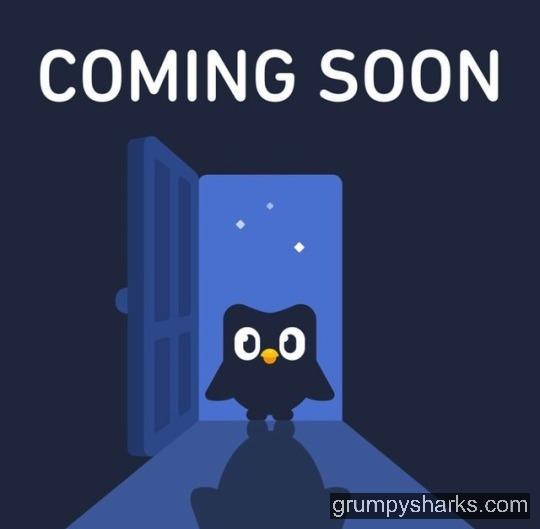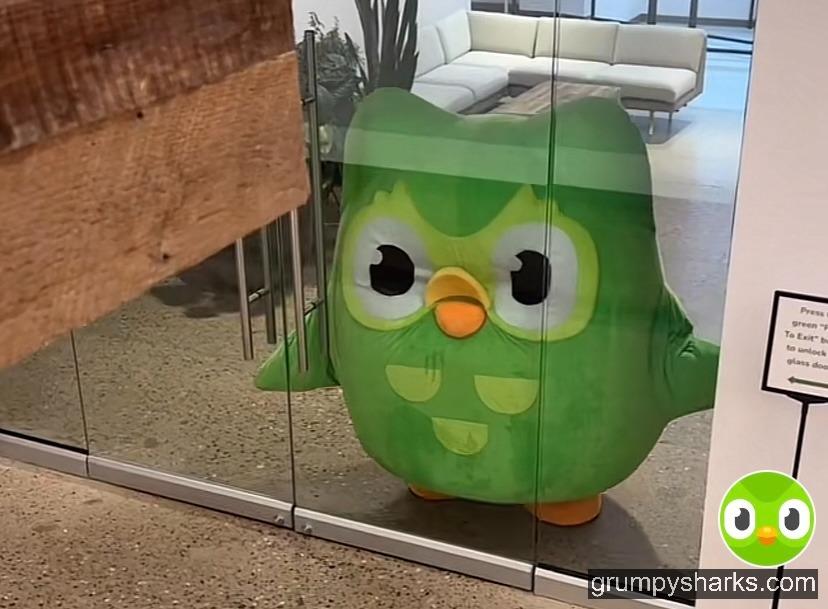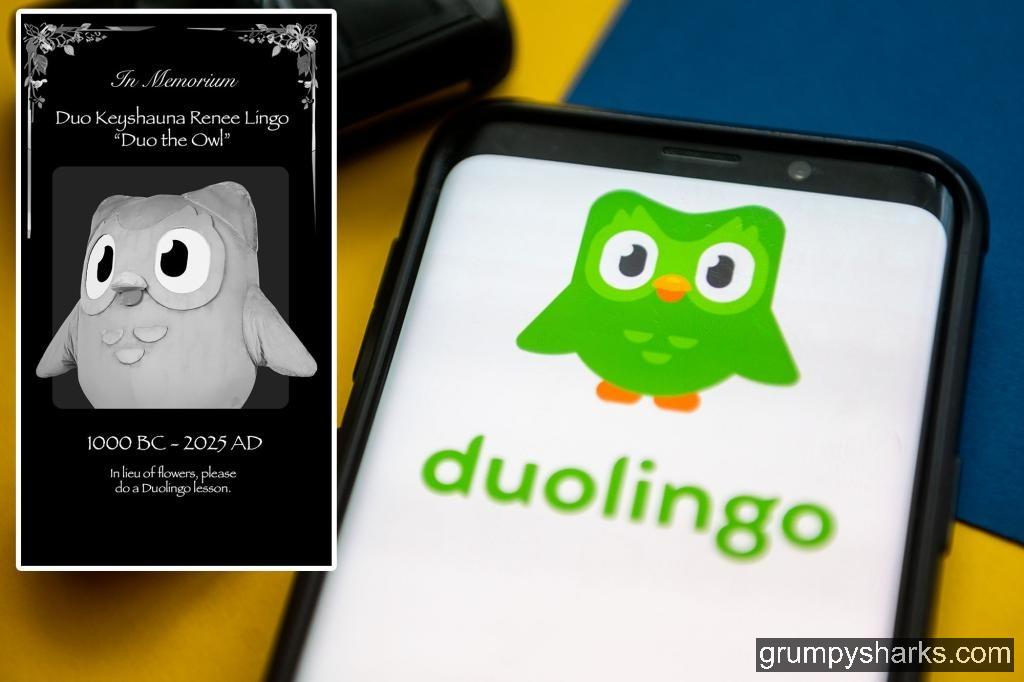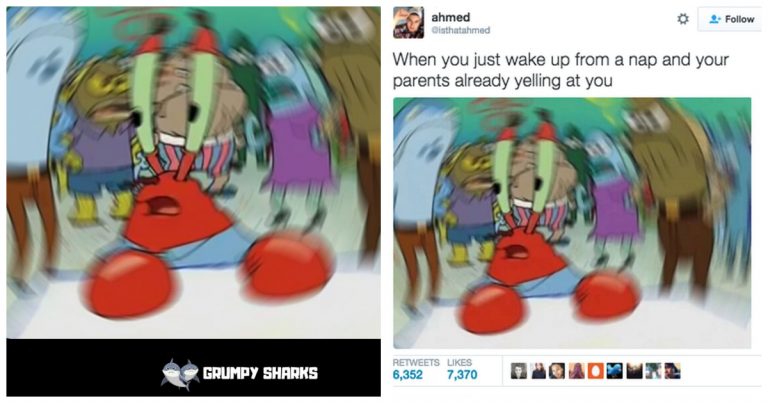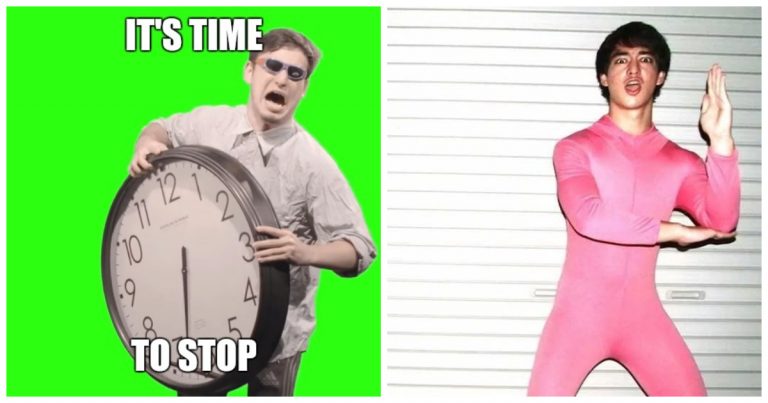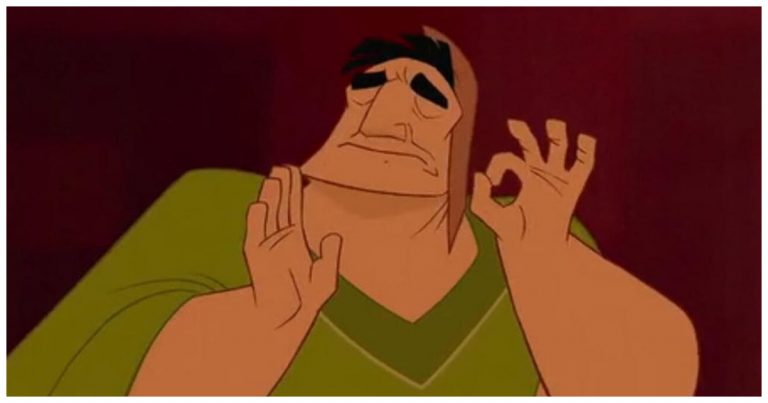Why The Duolingo Owl Became A Meme Icon Of Passive-Aggressive Motivation
The Duolingo Owl, Duo, has morphed from a language app mascot into a meme icon of dark humor and guilt-tripping motivation. Born from pushy app notifications, Duo’s menacing vibe exploded on X, Reddit, and TikTok, poking fun at procrastination and self-improvement struggles.
Grumpy Sharks dives into its origins, formats, and cultural impact, exploring why this owl became a passive-aggressive legend and whether it’ll soar in meme history.
1. What Is the Duolingo Owl Meme?
The Duolingo owl meme is a darkly humorous, guilt‑tripping internet phenomenon starring Duo as a passive‑aggressive, borderline threatening mascot. It exaggerates Duolingo’s reminder notifications into absurd, coercive behavior.
People jokingly depict Duo as stalking users, hiding in windows, or brandishing weapons—satirizing the app’s nagging reminders.
2. Is the Duolingo Owl the Most Threatening Mascot in Meme Culture?
Compared to Clippy, Mr. Peanut, and other ironic mascots, Duo ranks uniquely menacing for his active guilt‑tripping. Clippy and Mr. Peanut are remembered flirting or whimsical, while Duo is cast in memes as a menacing figure punishing procrastination. His memes actually threaten to track you down—far more aggressive than other brand characters.
3. Where Did the Duolingo Owl Meme Come From?
Basis for meme creation
The meme originated from Duolingo’s intense app behavior: persistent push notifications and emotive in‑app reminders. Global users report passive‑aggressive messages—sad or grumpy owl icons—sent after missing lessons. This emotional tone made the app ripe for ironic mockery.
How Duo became a meme villain
Duo became a meme villain thanks to viral user content exaggerating its tone. In 2017, Tumblr memes began depicting “Evil Duo Owl” with weapons like guns. These spread via Reddit and Twitter, positioning Duo as a stalker. Encouraged by this, Duolingo leaned into the persona on TikTok and social media as a “threatening” prankster.
4. Why the Duolingo Owl Meme Resonates Online
Passive-aggressive motivation as humor
The meme works by turning real procrastination guilt into comedic passive‑aggression. Duo’s reminders mirror a nagging inner voice many recognise, making the exaggerated threats entertaining and relatable.
Contrasts with wholesome mascots
Unlike wholesome icons like Tony the Tiger or the Geico Gecko, Duo is intentionally menacing in meme form. His portrayal as slightly unhinged and guilt‑driven aligns with Gen‑Z’s ironic humor preferences, making him more memable than traditionally friendly mascots.
5. The Most Popular Duolingo Meme Formats
Threat Memes
“Practice or Duo will find you” memes depict Duo holding weapons or peering ominously, reinforcing the “threatening owl” trope. The earliest viral variant in 2017 featured Duo with a gun captioned “me: neglects my Duolingo app”.
Wholesome Parodies and Subversions
Other memes portray Duo as an overprotective coach or a parent figure—sad over streaks missed. These cultivate a softer endearing side, showing that even doom‑laden Duo can be caring, highlighting the dual nature of guilt and support.
6. How Duolingo Embraced the Meme Culture
Official reaction
Duolingo acknowledged and amplified the meme, creating official content that leaned into Duo’s “evil” reputation. Examples include “Duolingo Push” skits, April Fools’ threats of jail or flesh‑eating, Halloween stunts, and the “death of Duo” campaign.
Has Duolingo mastered meme‑based engagement?
Yes—by using Duo in live events, brand collabs, and social trends, Duolingo has set a benchmark for meme marketing. Its TikTok presence and global stunt campaigns consistently boost engagement, showing effectiveness at brand memorability.
7. Community-Created Duolingo Content
Fan Art, Skits, and Parodies
Fans have crafted animated shorts, TikTok skits, cosplay, and pop‑culture crossovers—e.g., Duo meets Shrek or Among Us. The global user creativity signals a participatory, culture‑driven brand phenomenon.
Who memes Duo most?
Primary generators are students, Gen‑Z creators, polyglots, and procrastinators—groups most affected by daily lesson guilt. They leverage Duo memes both as laughter therapy and learning accountability.
8. What the Duolingo Meme Says About Motivation and Guilt
Satirical Reflection
Duo memes satirize the guilt‑cycle in self‑improvement apps—the weaponized notification becomes a comedic mirror. The exaggerated threats critique the coercive elements of gamification.
Psychological Framing
Psychologically, the humor functions as coping—transforming anxiety from fear of failure into entertainment. Studies show that passive‑aggression with playful tone helps users internalize reminders without resentment.
9. Will the Duolingo Owl Meme Have Lasting Impact?
Meme longevity
Duo’s adaptability—from “evil” to “dead” and resurrected—makes him highly meme‑durable. His flexibility across contexts (holidays, stunts, format shifts) allows continued relevance.
Duo in brand meme history
He now ranks alongside Wendy’s Roasts, Old Spice absurdity, and Skittles’ weirdness—as an iconic case of brand meme integration. Duolingo is a social‑first poster child in meme branding.
Conclusion
The Duolingo owl meme is more than a joke—it’s a cultural marker of how playful aggression, emotional guilt, and participatory creation can fuel brand identity. Duo’s darkly humorous presence turned language‑learning human encouragement into meme‑driven motivation.


